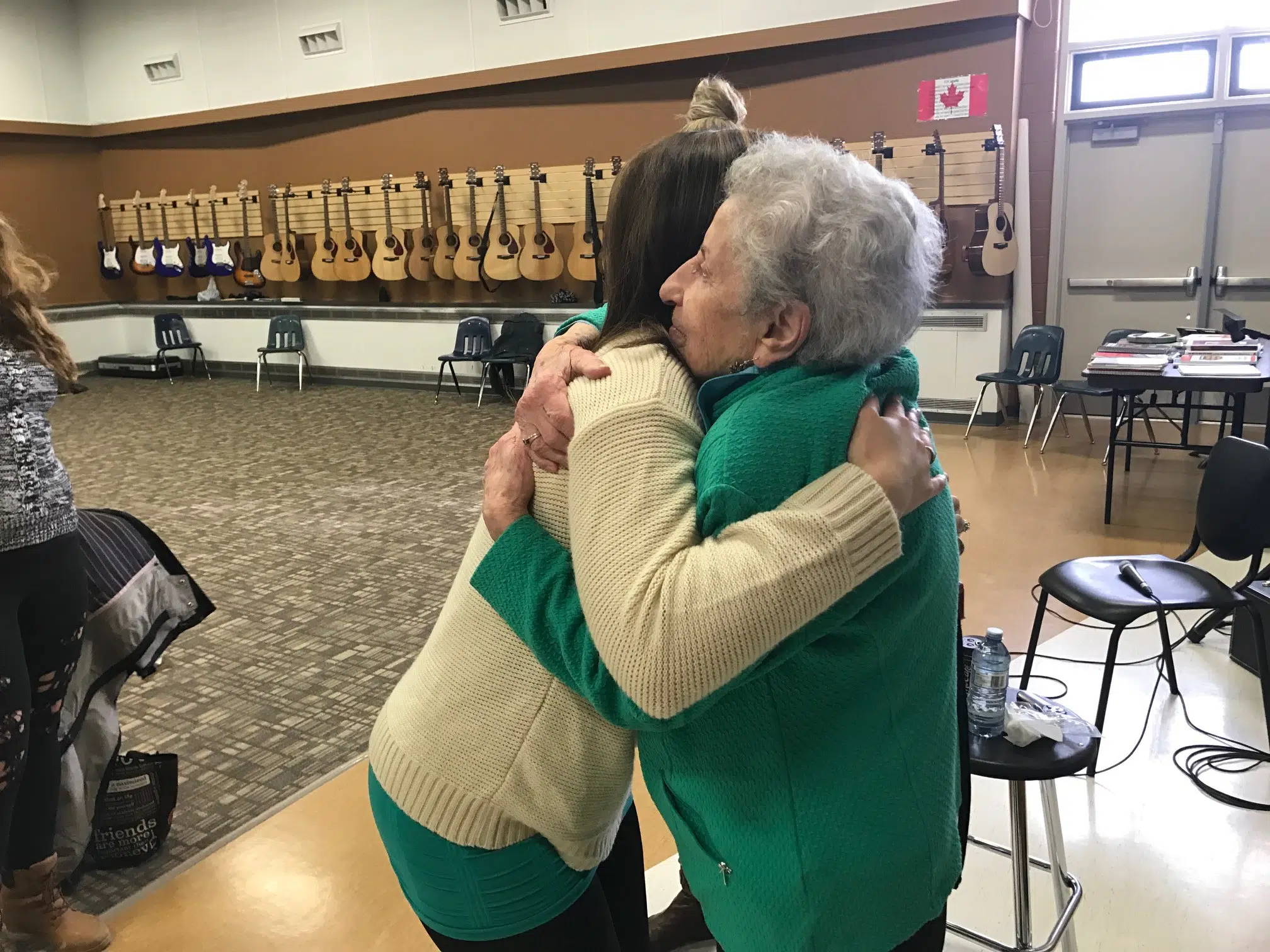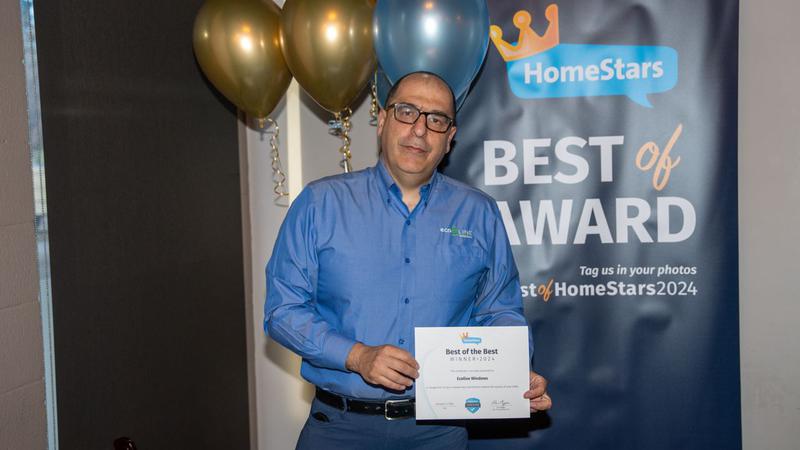
Holocaust survivor brings message of tolerance, understanding to Galbraith and Wilson students
LETHBRIDGE – May 15th, 1944 was the day 19 year old Ester Malek and her family were ordered to board a train in German occupied Hungary. Their destination, they believed, was a brick factory.
Malek, her mother and her niece marched 7 kilometres from where they were staying in the ghettos, to a train platform, where they were loaded into two rail cars stuffed with at least 100 people each, that contained two pails. One for water, and one to use as a toilet. It was standing room only for four days straight and people were stuffed together like sardines. Some suffocated to death, others barely made it out alive the stench of human waste was so great.
Malek, now Dr. Eva Olsson, recalls asking her mother as they got off the train, “why doesn’t this look like a brick factory?”
They had arrived at Auschwitz-Birkenau, the infamous concentration camp in German occupied Poland, and they were herded into a line where the Nazi “Angel of Death” Joseph Mengele would direct them “left or right.”


